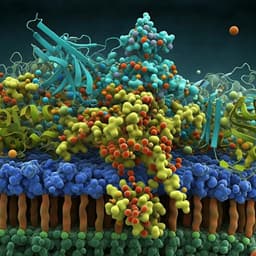
Food Science and Technology
Variation of wine preference amongst consumers is influenced by the composition of salivary proteins
J. Luo, X. Ruan, et al.
This study by Jiaqiang Luo, Xinwei Ruan, Ching-Seng Ang, Yada Nolvachai, Philip J. Marriott, Pangzhen Zhang, and Kate Howell reveals intriguing insights into how differences in saliva proteins can shape wine preferences among different cultural groups, ultimately influencing flavor perception. Discover how the chemical composition of our saliva might affect our tasting experiences.
~3 min • Beginner • English
Related Publications
Explore these studies to deepen your understanding of the subject.







